Coenzyme Q10 and the Re-crystallization Problem
Coenzyme Q10’s melting point is about 118 degrees Fahrenheit, which is considerably higher than human body temperature. Consequently, at temperatures below 118 degrees F, Coenzyme Q10 that was been dissolved to single CoQ10 molecules in an oil matrix begins to clump into crystals.

This week’s author is Dr. Ross Pelton – the natural pharmacist. Dr. Pelton explains what it takes to manufacture a good CoQ10 supplement.
We humans cannot absorb CoQ10 crystals; we can only absorb single molecules. Upon microscopic examination, many CoQ10 softgel capsules contain crystals. This partially explains why many CoQ10 products have low absorbability. Even Coenzyme Q10 that is dissolved in oil can recrystallize in the body, which prevents absorption [Judy 2022].
Coenzyme Q10 Absorption Studies
Until recently, there has been a lack of standardization in most CoQ10 absorption studies. This lack of standardization has made it difficult to make product comparisons. However, a head-to-head bioavailability study conducted in 2019 has compared the area-under-the-curve absorption of variously formulated ubiquinone and ubiquinol products for the period from baseline to 48 hours [Lopez-Lluch 2019].
In this comparison study, the absorption of a well-formulated ubiquinol product was only about 59% of the absorption of the best-formulated ubiquinone product [Lopez-Lluch 2019]. However, this is not the end of the story.
The Oil Matrix of the CoQ10 Supplement
William Judy, Ph.D., was a highly respected CoQ10 scientist for over 40 years. In the past several years, he focused on CoQ10 absorption issues and conducted CoQ10 absorption studies. His absorption studies made him realize that the form of the Coenzyme Q10 in a product (ubiquinone or ubiquinol) is less important than the oil matrix that the Coenzyme Q10 is dissolved in [Judy 2021]. This is a very important point: whether the Coenzyme Q10 is in the form of ubiquinol or ubiquinone is not nearly as important for absorption and bioavailability as the product formulation is.
Most CoQ10 products are not exclusively Coenzyme Q10 in a capsule. The capsules contain other ingredients such as various oils or a substance like piperine, which is a compound derived from black pepper. These substances may enhance the absorption of Coenzyme Q10.
In dissolving the Coenzyme Q10 in the oil matrix, the heating and cooling process is of utmost importance. In the aforementioned bioavailability study, the researchers found that the best-formulated ubiquinone product manufactured with a patented heating and cooling process had a 48-hour area-under-the-curve absorption more than three times as great as a ubiquinone product with the same composition but produced without the patented heating and cooling process [Lopez-Lluch 2019]
The relevant AUC values are as follows [Lopez-Lluch 2019]:
- Best ubiquinone formulation: 25.15 mg/L/48 hours
- Ubiquinol formulation: 14.75 mg/L/48 hours
- Unpatented ubiquinone formulation: 6.89 mg/L/48 hours
Formulation is More Important Than Form
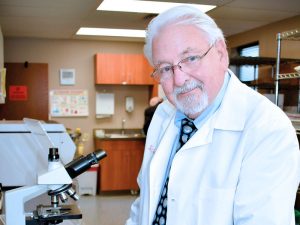
Dr. William Judy (1938-2022) was a leading researcher investigating the absorption and bioavailability and clinical efficacy of CoQ10 preparations.
Dr. Judy’s research has revealed that the following two important factors determine the absorption (and effectiveness) of coenzyme Q10. One factor is the composition of the oil matrix in which the CoQ10 is dissolved. The second factor is the heating and cooling process used for filling the Coenzyme Q10/oil mixture into the soft-gel capsules. These are the factors that differentiate between a crystal-free CoQ10 product versus a product containing CoQ10 crystals [Judy 2022].
Crystal-Free CoQ10
A few companies that produce CoQ10 products are engaged in research to develop their own delivery system. They want to develop a formulation that enables their Coenzyme Q10 to dissolve to single molecules both in the capsule and after it has been ingested. These are called crystal-free Coenzyme Q10 products.
Pharma Nord is a Denmark-based company that that has been committed to producing quality CoQ10 products for over 30 years. Starting in the 1990s, Pharma Nord conducted numerous absorption and bioavailability studies on their Bio-Quinone Q10 Gold product. These studies confirmed that their patented oil mixture and heating and cooling processes provide a CoQ10 product that is well absorbed [Folkers 1994; Weis 1994; Weber 1997; Singh 2005].
Industry Acceptance
Pharma Nord’s willingness to conduct studies that document the superior absorbability of their Bio-Quinone Q10 has resulted in their products being selected for use in a majority of the large clinical trials conducted around the world. To date, 78 human studies have been conducted using the Bio-Quinone Q10 Gold formulation. Of these 78 clinical trials, 26 are randomized, double-blind, placebo-controlled studies with 30 or more participants.
Conclusion: Not All CoQ10 Products are Equally Good
The evidence shows that the formulation of the CoQ10 supplement differs from product to product.
CoQ10 supplements are not absorbed equally well.
It is important to find a CoQ10 supplement that has good documentation of its absorption and bioavailability.
References
Folkers K. A one year bioavailability study of coenzyme Q10 with 3 months withdrawal period. Molecular Aspects of Medicine. 1994;15:Suppls281-s285.
Judy WV. The Single-dose Absorption of Different CoQ10 Product Types Into the Lymph Compared to That Transported to the Blood. Integr Med (Encinitas). 2022 Nov;21(5):30-35.
Judy WV. The Instability of the Lipid-Soluble Antioxidant Ubiquinol: Part 3-Misleading Marketing Claims. Integr Med (Encinitas). 2021 Dec;20(6):24-28.
López-Lluch, G. Bioavailability of coenzyme Q10 supplements depends on carrier lipids and solubilization. Nutrition. 2019;57:133-140.
Singh RB, Niaz MA, Kumar A, Sindberg CD, Moesgaard S, Littarru GP. Effect on absorption and oxidative stress of different oral Coenzyme Q10 dosages and intake strategy in healthy men. Biofactors. 2005;25(1-4):219-24.
Weber C and Bysted AH. Intestinal absorption of Coenzyme Q10 administered in a meal or as capsules to healthy subjects. Nutrition Research. 1997;17(6):941-945.
Weis M., Mortensen S., Rassing M., Møller-Sonnergaard J., Poulsen G., Rasmussen S. Bioavailability of four oral Coenzyme Q10 formulations in healthy volunteers. Mol. Asp. Med. 1994;15:s273–s280.
The information presented in this review article is not intended as medical advice and should not be used as such.



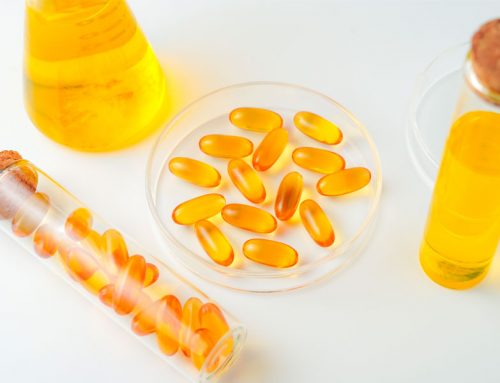
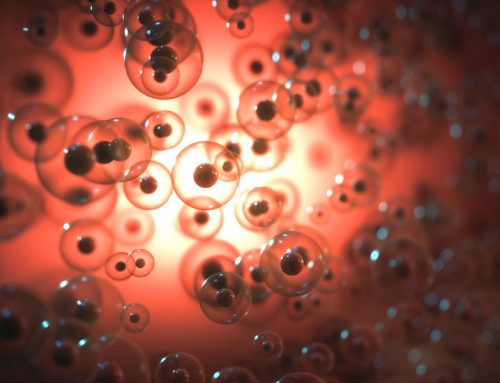
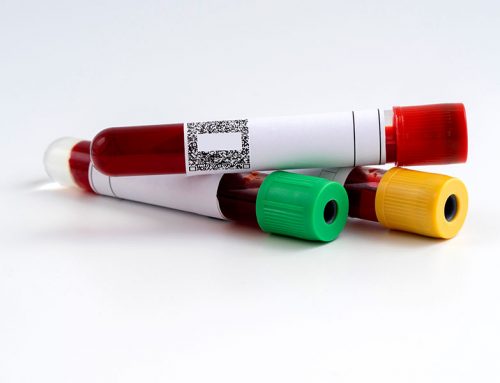
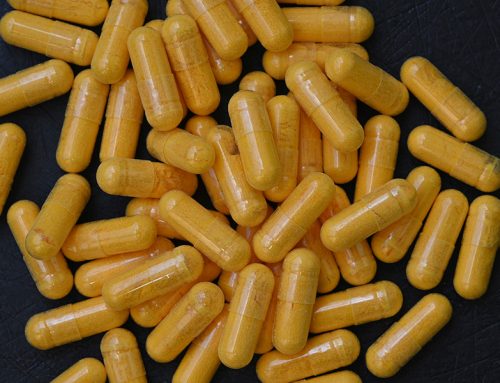
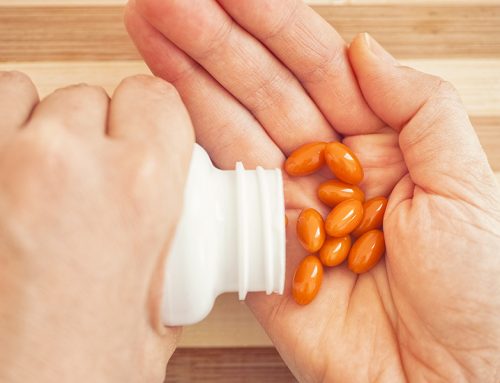

Any chance i can pulverize my (Walgreens provided) tablets down from cryslals to powder?
Hello –
Good that you ask this question. The 2019 comparative bioavailable study conducted by Prof. Guillermo Lopez-Lluch and his colleagues shows that absorption of Coenzyme Q10 requires solubilization of the Coenzyme Q10 using the proper heating and cooling procedures and dissolving the Coenzyme Q10 in the proper carrier oils. You will not get much absorption at all from CoQ10 tablets no matter how much you pulverize the tablets. You will want to find a CoQ10 product dissolved in carrier oils. Please see this study. https://pubmed.ncbi.nlm.nih.gov/30153575/
López-Lluch G, Del Pozo-Cruz J, Sánchez-Cuesta A, Cortés-Rodríguez AB, Navas P. Bioavailability of coenzyme Q10 supplements depends on carrier lipids and solubilization. Nutrition. 2019 Jan;57:133-140.
You want to find a CoQ10 preparation with documented absorption and bioavailability.
Best wishes for 2024,
Richard